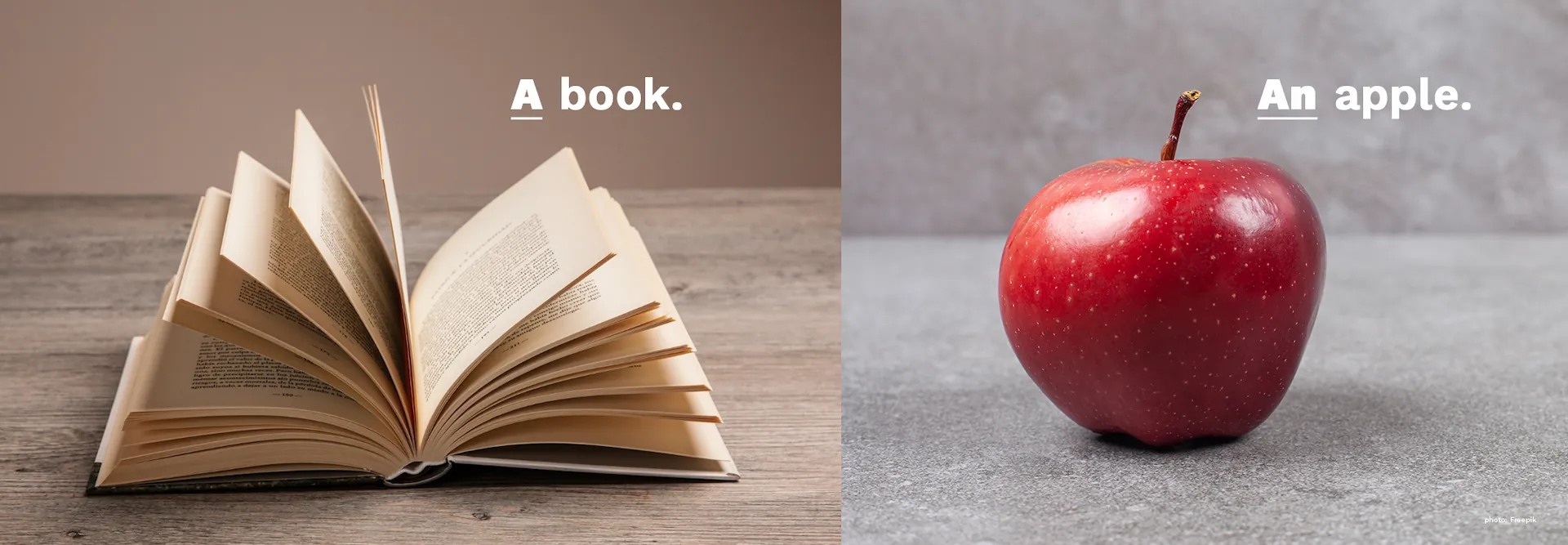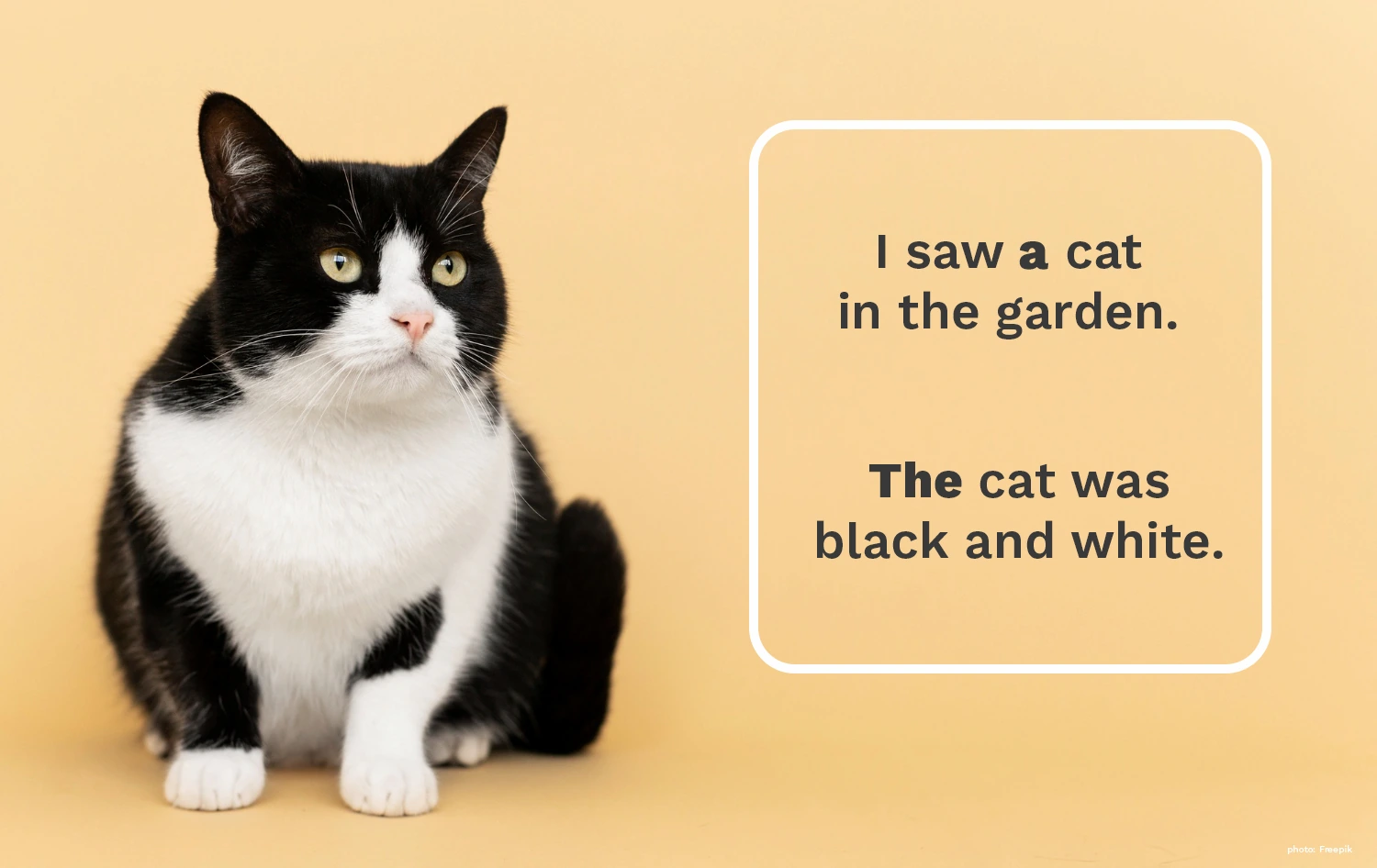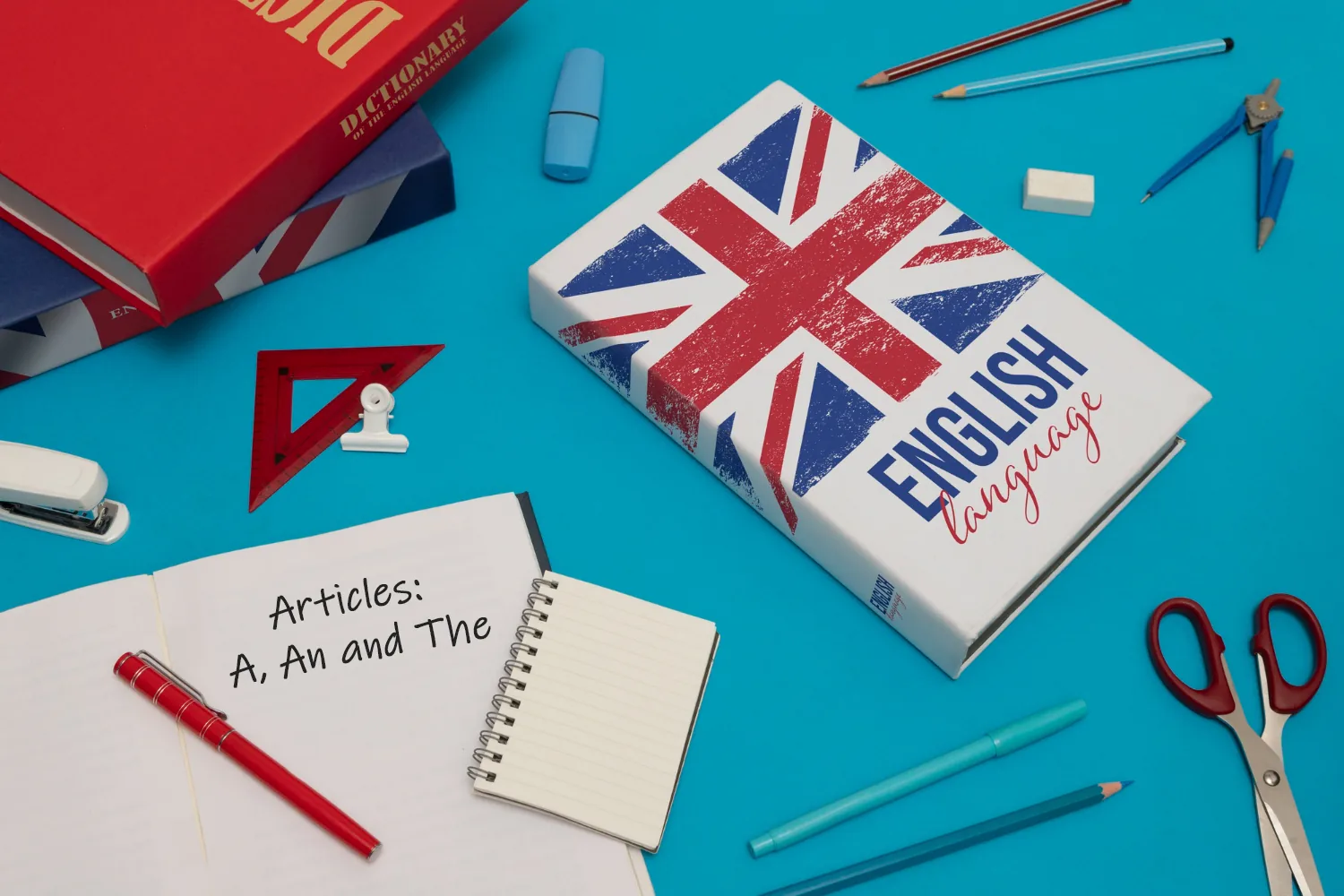Are you learning English and feeling confused by those tiny words like a, an, and the? You’re not alone! Many beginners and intermediate learners struggle with English grammar articles, but don’t worry—this guide is here to help. In this post, we’ll break down the rules for a, an, and the in simple, easy-to-understand steps. By the end, you’ll know exactly how to use articles correctly in English, making your sentences clearer and more natural.
Articles are small but powerful parts of speech that tell us whether we’re talking about something specific or general. They include definite articles (like “the”) and indefinite articles (“a” and “an”). Getting them right can boost your confidence in speaking and writing. Whether you’re preparing for a job interview, chatting with friends, or writing emails, mastering these will make your English sound more polished.
This definitive guide to definite and indefinite articles is designed for beginners and intermediate learners. We’ll use short sentences, everyday examples, and fun tips to keep things light. Let’s dive in and tackle English grammar articles one step at a time!

What Are Articles in English Grammar?
Before we jump into the rules for a, an, and the, let’s start with the basics. Articles are words that come before nouns (like people, places, things, or ideas) to give more information about them.
There are three main articles in English:
- A and an (indefinite articles)
- The (definite article)
Why do we need them? Imagine saying, “I saw dog.” It sounds odd, right? Adding “a” makes it “I saw a dog”—now it’s clear you’re talking about any dog, not a specific one.
Articles help specify:
- If something is mentioned for the first time (indefinite).
- If it’s already known or unique (definite).
In English, we use articles more than in some other languages, like Spanish or French, where nouns often have gender. But don’t stress—once you learn the patterns, it’ll feel natural.
Quick Tip for Beginners: Think of articles as “signposts” for your nouns. They guide the listener or reader to understand exactly what you mean.
Now, let’s explore definite and indefinite articles in detail.

Understanding Indefinite Articles: A and An
Indefinite articles are “a” and “an.” We use them when talking about something non-specific—something we mention for the first time, or that isn’t unique.
When to Use “A” vs. “An”
The choice between a and an is super simple: it depends on the sound of the next word, not the letter.
- Use a before words starting with a consonant sound (like b, c, d, f, etc.).
Examples: A cat, a book, a university (starts with /j/ sound, like “yoo”).
- Use an before words starting with a vowel sound (a, e, i, o, u).
Examples: An apple, an elephant, an hour (starts with /aʊ/ sound, silent “h”).
| Beginner-Friendly Rule: Say the word out loud.
• If it starts with a “yuh” or “wuh” sound (consonant), use “a.” Example: “wuh” A one-way street – Why? The word “one” starts with the sound /wʌn/ (pronounced “wun”). The “wuh” sound is a consonant sound, so we use “a” instead of “an.” • If it’s “ah,” “eh,” “ih,” “oh,” or “uh” (vowel), use “an.” |
Situations to Use Indefinite Articles
1. Introducing Something New: When you talk about a noun for the first time.
I bought a new phone yesterday. (Any phone, first mention.)
2. General Statements or Categories: To talk about one example from a group.
A dog is man’s best friend. (Not a specific dog.)
3. Professions or Roles: After “be” verbs like is, was, become.
She wants to be an engineer. (Any engineer.)
4. With Numbers or Quantities: Like “a few” or “a lot.”
We need a few minutes to finish.
Common Mistake to Avoid: Don’t use “a” or “an” with uncountable nouns (things you can’t count individually, like water or advice). Instead, say “some water” or just “water.”
Practice Example: Fill in the blank: “I ate ___ orange for breakfast.”
(Answer: an—vowel sound.)
Indefinite articles make your English feel casual and everyday. Now, let’s move to the definite side.

Mastering the Definite Article: The
“The” is the definite article. It points to something specific—either already mentioned, unique, or known to both speaker and listener.
Key Rules for Using “The”
1. Second or Later Mention: When you refer back to something already introduced.
I saw a cat in the garden. The cat was black and white. (Now it’s specific.)
2. Unique Things: For one-of-a-kind items.
The sun rises in the east. (Only one sun!)
The president of the USA spoke today.
3. With Superlatives: The best, the most, etc.
This is the easiest guide on English grammar articles.
4. Geographical Names: With groups of islands (the Bahamas), rivers (the Nile), deserts (the Sahara), oceans (the Pacific), but not single mountains (Mount Everest) or lakes (Lake Michigan).
5. Before Adjectives Describing Groups: When the noun is implied.
The poor need help. (The poor people.)
6. With Musical Instruments or Inventions: When talking about playing or using them in general.
She plays the piano beautifully.
Word of Caution for Intermediate Learners: “The” isn’t always needed with possessives (my book, not the my book) or proper names (Paris, not the Paris).

No Article? Zero Article Rules
Sometimes, we skip articles altogether—called the “zero article.” This happens with:
- Plural countable nouns in general: Dogs bark. (All dogs.)
- Uncountable nouns: I love music. (Not “the music” unless specific.)
- Proper nouns: London is beautiful.
- Abstract ideas: Happiness is key. (General.)
Tip: If it’s general and plural/uncountable, drop the article to sound more native.
| Examples of Dropping the Article for General Plural/Uncountable Nouns:
1. Plural Countable Nouns (General Sense): Example: Dogs are loyal animals. 2. Uncountable Nouns (General Sense): Example: I love music. 3. Another Plural Example: Example: Books open new worlds. 4. Another Uncountable Example: Example: Water is essential for life. |
Detailed Rules for A, An, and The: A Step-by-Step Breakdown
Now that we’ve covered the basics, let’s dive deeper into the rules for a, an, and the. We’ll use tables for quick reference—perfect for visual learners!
Table 1: Quick Reference for Indefinite Articles (A/An)
| Situation | Example | Why? |
| Consonant sound | A car | Starts with /k/ sound |
| Vowel sound | An egg | Starts with /ɛ/ sound |
| First mention | A teacher helped me | Introducing new |
| One of many | An idea came to mind | Not specific |
| Jobs | He is a doctor | Role in general |
Table 2: Quick Reference for Definite Article (The)
| Situation | Example | Why? |
| Previously mentioned | I bought a book. The book is great. | Now specific |
| Unique items | The moon is bright | Only one |
| Superlatives | The tallest building | Top one |
| Directions/Places | Go to the left | Specific location |
| Groups | The elderly live nearby | The group of elderly |
Special Cases: When Articles Change Meaning
Articles can flip the meaning of a sentence—cool, right?
- A/An for general professions: “She is a lawyer.” (Her job.)
- “The” for specific: “She works at the law firm downtown.”
With meals: “Dinner” (general) vs. “The dinner was delicious” (specific event).
In expressions:
- Go to the cinema (British English for movies).
- Play the guitar (instrument).
Intermediate Challenge: Why do we say “in the hospital” (as a patient) but “at a hospital” (visiting)? It’s about context—specific role vs. general place.
These nuances make how to use articles correctly in English tricky, but practice makes perfect.

Common Mistakes with Definite and Indefinite Articles
Even intermediate learners trip up here. Let’s fix them!
1. Overusing “The”: Beginners add “the” everywhere.
❌Wrong: “The love is blind.”
✔️Right: “Love is blind.” (General abstract.)
2. Forgetting Articles with Singular Countables:
❌Wrong: “I have car.”
✔️Right: “I have a car.”
3. A/An Mix-Up:
❌Wrong: “A apple.”
✔️Right: “An apple.”
4. Articles with Proper Nouns:
❌Wrong: “The John is here.”
✔️Right: “John is here.”
5. Nationalities: Use “the” for groups: “The French love wine.” But “A Frenchman” for one person.
Pro Tip: Read aloud—does it sound natural? Native speakers use articles intuitively, so listen to podcasts or watch simple videos.
To help, here’s a fun quiz. (Answers at the end.)
Quick Quiz: Test Your Knowledge
- I need ___ umbrella. (a/an)
- ___ Earth revolves around ___ sun. (the/the)
- She adopted ___ dog from ___ shelter. (a/the)
- ___ water in this bottle is cold. (The)
- He plays ___ soccer every weekend. (no article)
(Answers: 1. an, 2. The/The, 3. a/the, 4. The, 5. no article)

Practice Exercises: Hands-On Learning for Beginners and Intermediate
Theory is great, but practice seals it! Here are exercises tailored to English grammar articles. Do them step by step.
Exercise 1: Fill in the Blanks (Beginner Level)
Use a, an, the, or zero article.
- There is ___ elephant in ___ zoo.
- ___ milk is good for ___ bones.
- She bought ___ dress that was red.
- ___ Amazon is ___ longest river.
- I like ___ coffee in ___ morning.
(Answers: 1. an/the, 2. (zero)/the, 3. a, 4. The/the, 5. (zero)/the)
Exercise 2: Rewrite Sentences (Intermediate Level)
Add or remove articles to make them correct.
Original: “I went to school yesterday and learned about history.”
Improved: “I went to the school yesterday and learned about (zero) history.” (Specific school, general subject.)
Try these:
- “Cat is sleeping on mat.” →
- “She is best student in class.” →
- “We visited museum in city.” →
(Suggested: 1. The cat is sleeping on the mat. 2. She is the best student in the class. 3. We visited a museum in the city.)
Exercise 3: Write Your Own Paragraph
Write 5-7 sentences about your daily routine, using at least three a/an, two the, and one zero article example.
Example starter: “Every morning, I drink a cup of the strongest coffee…”
Share in the comments—we’d love to see!
These exercises build muscle memory.
Aim for 10 minutes a day.

Why Mastering Articles Matters for English Learners
Using definite and indefinite articles correctly isn’t just grammar—it’s a gateway to fluency. Native speakers notice when you get it right, and it makes your ideas flow smoothly.
• For beginners: It reduces hesitation in speaking.
• For intermediates: It polishes your writing for exams like TOEFL or IELTS.
• Plus, in real life: Job applications (“I have a degree in (zero) marketing”) or travel (“Pass me the map”).
Remember, even experts make slips—learning is a journey!
Advanced Tips: Beyond the Basics for Intermediate Learners
Ready for more? Here are nuanced rules for a an the:
- With Adjectives: Article goes before the adjective: “A happy child,” “the red car.”
- Idiomatic Expressions: “In the nick of time,” “at a loss.”
- Acronyms: “An FAQ” (vowel sound /ɛf/), “a UFO” (consonant /juː/).
- Cultural Notes: Americans say “in the hospital,” Brits say “at the hospital” for visiting.
Conclusion: Your Path to Article Mastery
Congratulations! You’ve just explored how to use articles correctly in English from start to finish. We’ve covered definite and indefinite articles, key rules for a, an, and the, and tips for English grammar articles that stick.
Key takeaways:
- A/An for new, non-specific things (vowel/consonant rule).
- The for specific or unique.
- Zero article for generals.
Practice daily, and soon it’ll be second nature. What’s your biggest article struggle? Drop it in the comments for more tips!
Master English articles! Our beginner-friendly courses teach you how to use a, an, and the correctly, helping you gain confidence and fluency. Speak English perfectly, every time.
If you got questions about our grammar courses, please message us on WhatsApp or join a FREE Trial Class today!




